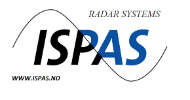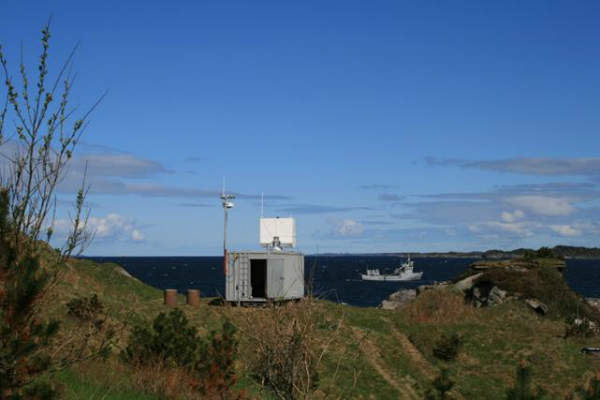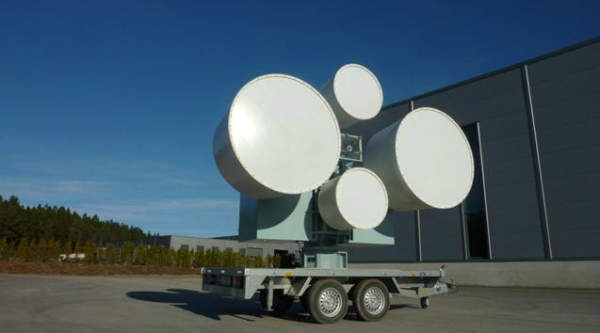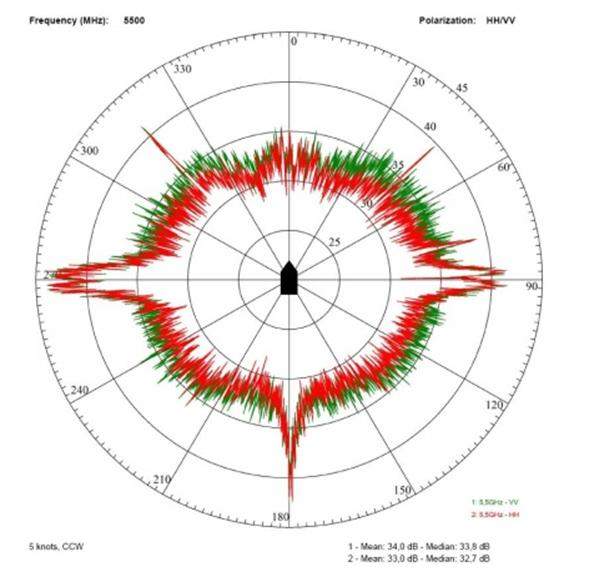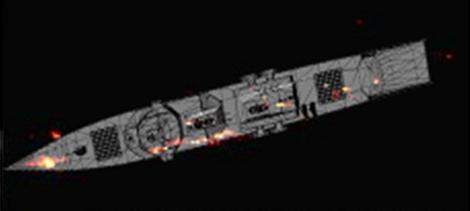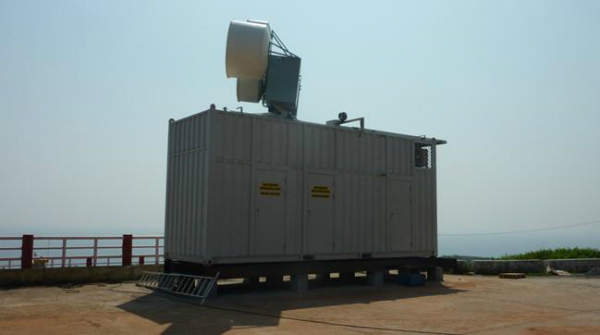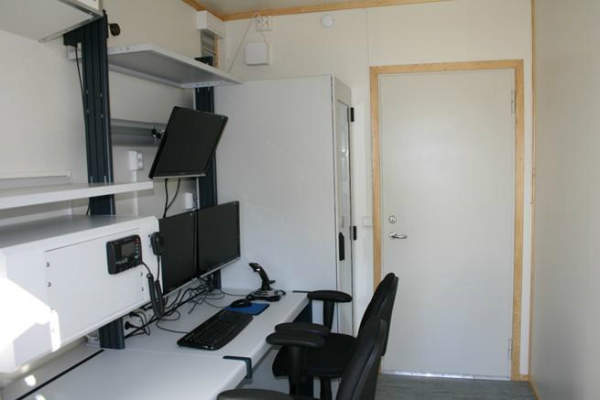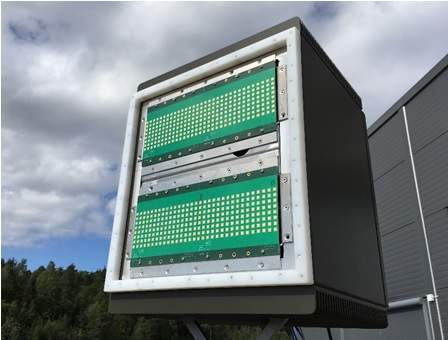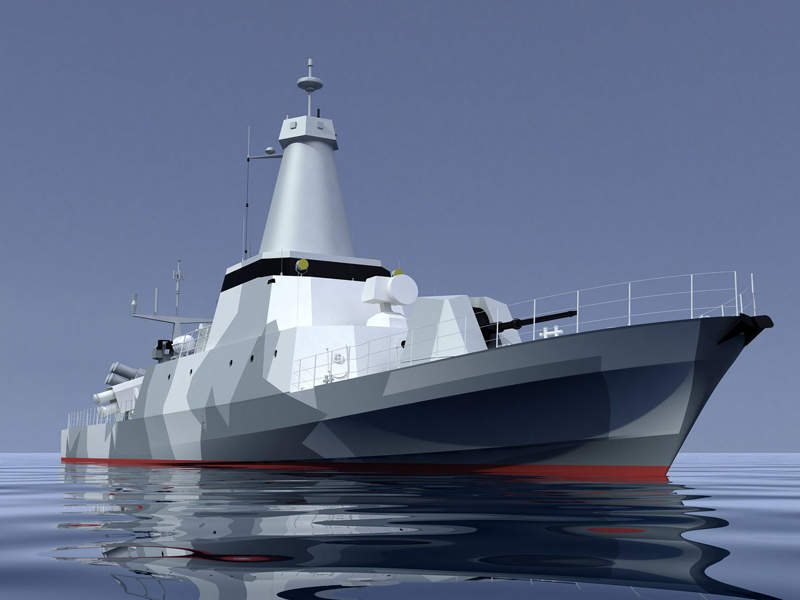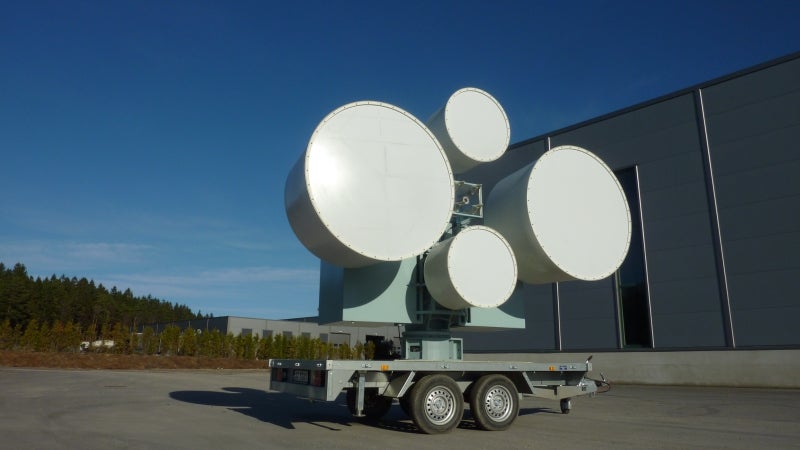
ISPAS provides technology for assessment of radar cross section (RCS) of maritime stealth objects and delivers broadband systems for maritime RCS measurements.
ISPAS has worked in the RCS simulation and measurements sector for the last 20 years.
Versatile radars to operate over broad frequency ranges
The ISPAS’s RCS radars are a very versatile measurement tool capable of operating over a broad frequency range with varying bandwidth and polarisations for measuring RCS and identification of RCS hot spots simultaneously.
The RCS measurement radar can be delivered with both optical and radio frequency (RF) tracking, as well as oceanographic and meteorological sensors for full control of the measurements.
The ISPAS RCS radar can be seen as a system for RCS measurements.
Standalone module to process RCS data
For processing of RCS data ISPAS delivers a standalone software module. The module has all the functionality of the integrated processing, delivered with the radar control module software.
The purpose of the standalone module is to be able to access measured data and process it at another location than the radar site. This is especially of interest when large data sets are handled.
Data processing software for naval systems
ISPAS’s data processing software consists of a number of both basic and advanced data processing algorithms for data calibration, analysis, and presentation.
The module aggregates all available data from external sensors, remote positioning unit, antenna position and video, and presents them in a graphical form for easy interpretation. This allows for quality control of measured data and better understanding of target behavior.
The data can then be presented either as a function of range, time / range, Doppler / range, aspect angle, or as an inverse synthetic aperture radar (ISAR) image.
Transportable shelters for in-situ measurements
The RCS radar can be integrated in a transportable shelter for in-situ measurements at different locations.
Prediction of RCS
Using a 3D model of the object, the RCS can be predicted and radar hot spots identified.
ISPAS delivers tools for both calculation of material reflection coefficients and RCS.

